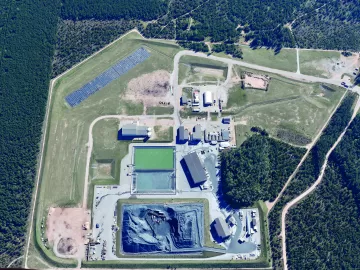Air Cannon Innovations in Preheater Towers
An essential part of the cement production process is the consistent flow of bulk materials, as poor material flow can put a stranglehold on a plant’s profitability. Accumulations in storage systems and process vessels can choke material movement, causing bottlenecks that create expensive obstacles to equipment performance and process efficiency. Poor material flow also raises maintenance expenses, diverting manpower from core activities. If they become severe enough, flow problems can bring production to a complete stop.




